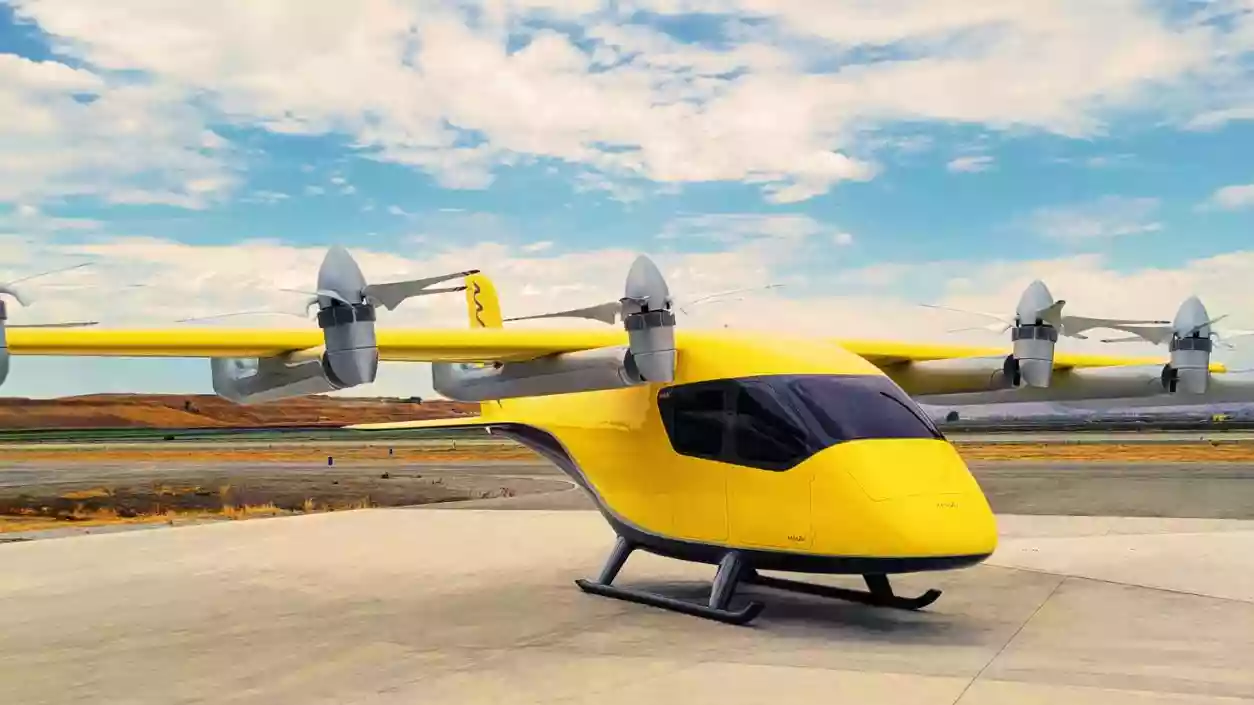Continuous downpour submerges Kolkata, Jodhpur Park receives highest rain
.gif)
.gif)

Flying taxis are expected to be introduced in Kolkata by 2030, with fares gradually reducing to match auto-rickshaw rates. Bengaluru-based Sarla Aviation, named after India’s first woman pilot Sarla Thukral, has developed the country’s first flying taxi. Initially, the service will operate at premium cab fares, but a company official stated that "some years later, the fare will be similar to an auto-rickshaw." The flying taxi’s design has already been unveiled.
The air taxi will be fully battery-operated and environmentally friendly, aiming to lower fuel costs and carbon emissions. It will feature seating for six passengers, a total of seven propellers, and seven motors, along with a backup motor to ensure continuous operation in case one motor fails. Powered by four batteries—two on each side—it has a safety system that allows the opposite side to function if one side’s batteries encounter issues.
This air taxi can cover a range of 160 kilometers and will reach speeds of up to 250 kilometers per hour. It is capable of flying at an altitude of up to 4,000 feet, which is lower than commercial airplanes or helicopters. The interiors will include seat belts for safety and spacious, comfortable seating, complemented by a light blue cabin illumination.
The flying taxi will require a pilot with a special license, although helicopter pilots will also be eligible to operate it after fulfilling licensing conditions. Sarla Aviation officials confirmed that the first phase of operations will start in Bengaluru, with gradual expansion planned for other major cities, including Pune, Mumbai, and Kolkata, targeting a full-scale launch across these locations by 2030.
The company has emphasized that the flying taxi's electric-powered design, backup systems, and battery redundancy have been prioritized to ensure passenger safety and reliability. According to a manager involved in the project, the model has been designed to make daily urban commuting faster and more efficient once it is introduced across high-traffic cities in India.